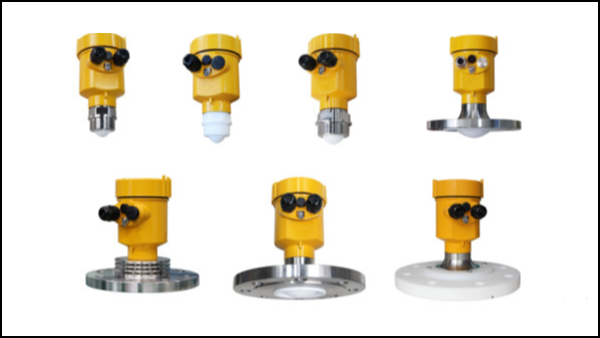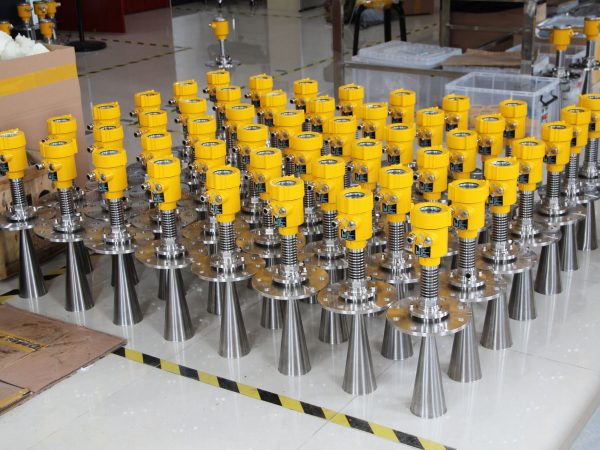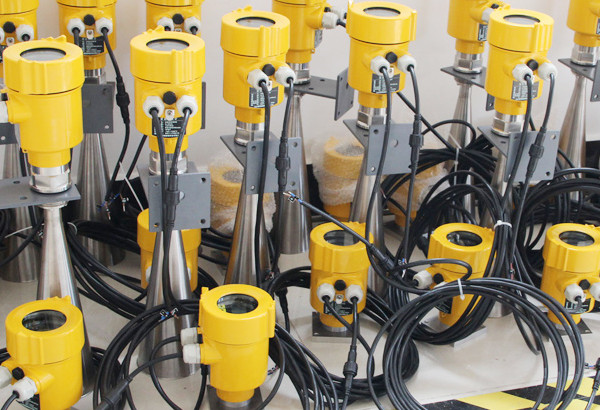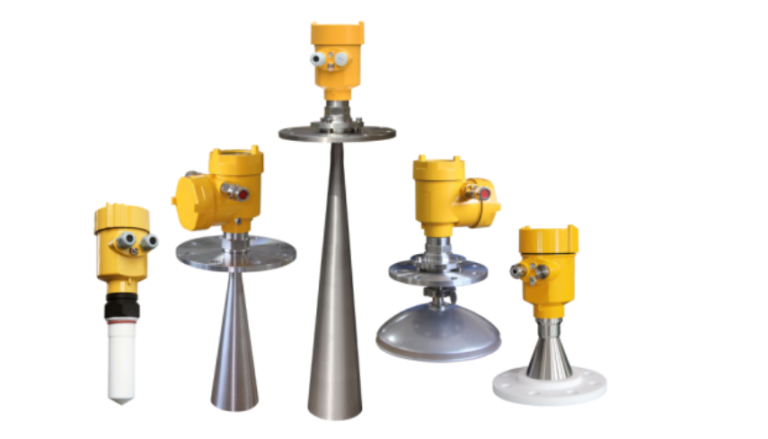In the wave of industrial automation, the radar level gauge has become an indispensable piece of equipment in many industrial production processes due to its high precision and reliability. Particularly in the measurement of solid bulk materials, radar level gauges exhibit a wide range of application prospects and significant development potential due to their unique advantages.

Advantages of Radar Level Gauges in Bulk Material Measurement
Adaptability to Harsh Environments: Radar level gauges are well-suited for high-temperature, high-pressure, and dusty environments. This feature effectively overcomes the shortcomings of traditional mechanical level gauges, which are prone to environmental influences and are difficult to maintain in such conditions.
High Precision and Resolution: These gauges can accurately measure the surface position of materials, providing reliable data for production control. This high precision ensures optimal management of resources and operations in industrial settings.
Non-Contact Measurement: Due to its non-contact measurement method, the radar level gauge is not easily affected by the characteristics of the materials being measured. This allows it to be applied to various types and conditions of solid bulk materials, regardless of their properties or state.

Challenges in Application
However, the application of radar level gauges in bulk material measurement is not without challenges. Some of these include:
- Accuracy with High-Density or Low Dielectric Constant Materials: One challenge lies in improving measurement accuracy and stability when dealing with materials of extremely high density or low dielectric constants.
- Interference from Complex Industrial Environments: Effectively avoiding electromagnetic interference and other noise factors that could affect measurement results remains a critical challenge.
- Durability and Reliability: There is a continuous need to optimize the design and manufacturing processes of radar level gauges to enhance their durability and reliability under demanding conditions.

Future Developments and Innovations
With advancements in technology, we can expect the radar level gauge to evolve in the following ways:
- Enhanced Performance through Material Science and Electronics: As material science and electronic technology progress, new radar level gauges will boast higher performance and broader applicability.
- Smart and Networked Measurement Systems: By integrating intelligent and networked technologies, radar level gauges will achieve more advanced measurement and control functions, contributing to improved production efficiency and quality in industrial processes.
Sustainability and Energy Efficiency
Looking to the future, the radar level gauge industry will also focus more on environmental protection and energy conservation. As global awareness of environmental protection grows and energy resources become increasingly scarce, the development of low-power, high-efficiency radar level gauges will be a critical focus. Additionally, optimizing the design and manufacturing process to minimize waste production and emissions will be another key trend in the evolution of radar level gauge technology.

Conclusion
Radar level gauges have already demonstrated their immense potential and strength in the measurement of solid bulk materials. Although there are challenges to address, continuous technological innovation and improvement will undoubtedly drive further advancements. These developments will contribute significantly to industrial production’s automation and smartification, paving the way for more efficient and sustainable operations.
